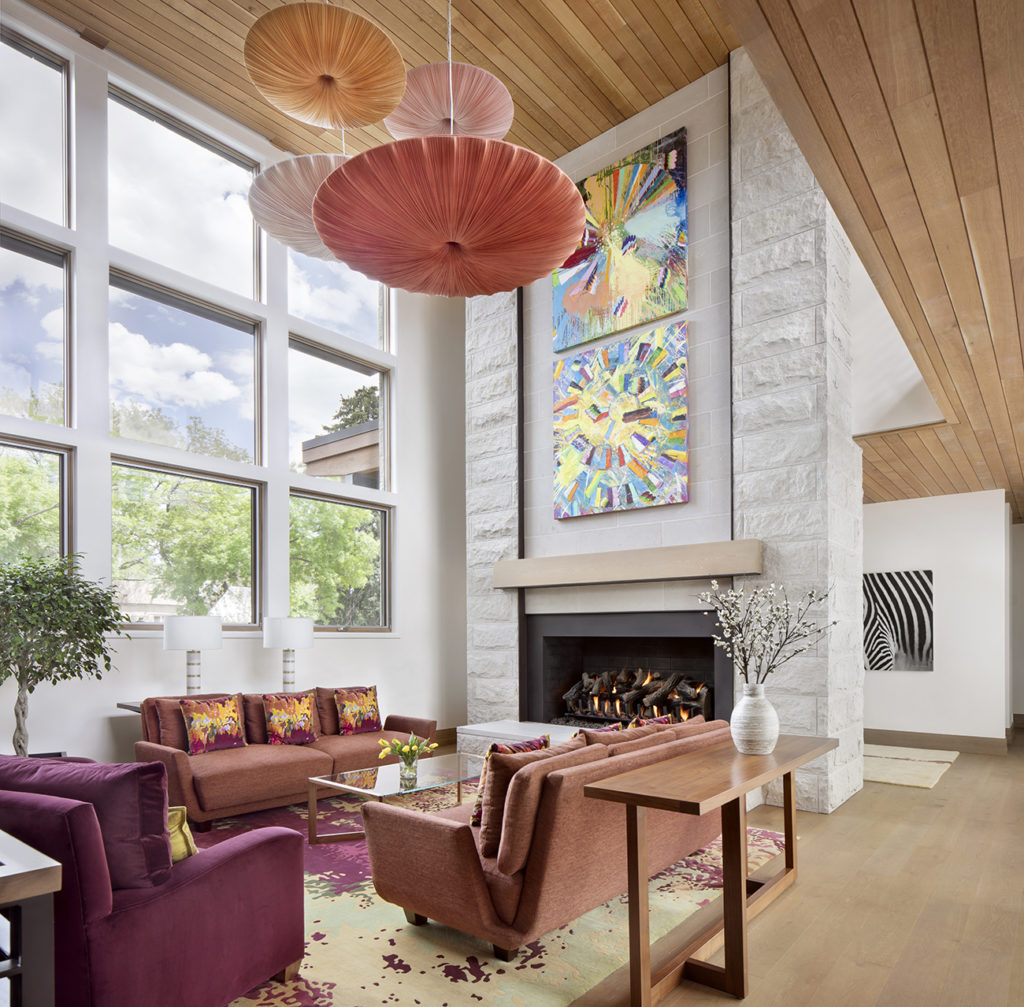Art and architecture are in constant dialogue—each one shaping, reflecting, and
elevating the other. For devoted art collectors, the home is far more than a backdrop;
it’s a carefully curated environment where every wall, material, and light source
contributes to the story the collection tells.
The way we shape space has the power to transform how art is experienced. With
thoughtful design choices, your collection can move beyond simply being displayed—it becomes a living gallery, seamlessly integrated into the soul of your home. Here’s how intentional design can turn your art into the centerpiece it deserves to be.
The most successful spaces for art are those where the collection is considered from
the very beginning. Whether you’re building from the ground up or reimagining an
existing space, designing with art in mind allows the architecture to support and
enhance the work, rather than compete with it.
Collaborating with an architect who understands the nuances of art display—lighting,
sightlines, scale, and materiality—can transform your home into a space where every
piece feels intentional, elevated, and perfectly placed.
Consider this art-centric custom home in Denver, where the high ceilings and large windows diffuse natural light evenly throughout the home. These architectural features creates ideal viewing conditions while becoming a subtle design element itself.

Light is perhaps the most critical architectural element in showcasing art. Natural light provides unmatched color rendering, but comes with challenges:
Architectural solutions might include:
Successful gallery spaces often incorporate architectural elements that create a rhythm for viewing. Consider how walls, doorways, and sightlines can create moments of revelation and contemplation:
The Vail Getaway project exemplifies this approach, with rooms arranged in a scale appropriate to the art on display, while maintaining an intimate atmosphere.

While the “white cube” gallery remains popular for its neutrality, contemporary architectural approaches offer more dynamic possibilities:
Even the most aesthetically pleasing space must address practical concerns:
Our Ptarmigan project masterfully integrates these functional to ensure the homeowner’s art receives the recognition it deserves – even at night.

The most successful art-focused architecture strikes a delicate balance—it enhances the collection without competing with it. The space should provide context and framing while allowing the art itself to command attention. Whether you prefer the clean and spare approach of industrial architecture or the more expressive designs of contemporary homes, the key is ensuring the architecture serves your collection’s specific needs while creating a cohesive viewing experience. When art with architecture work in harmony, the result transcends mere display—it becomes an immersive environment where each enhances the other, creating something greater than either could achieve alone.